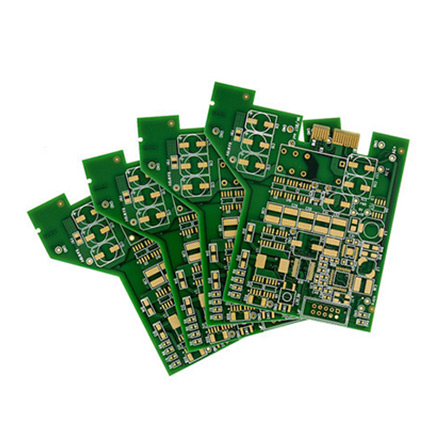In the realm of modern architecture and interior design, transparent float glass stands as an integral component, aligning aesthetics with functional utility. As a distinct product with diverse applications, understanding its attributes, manufacturing process, and the benefits it offers is crucial both for consumers and industry professionals.

Transparent float glass, often referred to simply as float glass, is celebrated for its high clarity, smooth surfaces, and uniform thickness. This type of glass owes its name to the production process where glass sheets are formed by floating molten glass on a bed of molten metal, typically tin. This innovative method, developed in the mid-20th century, revolutionized glass manufacturing by providing a continuous output of sheets with minimal distortion and exceptional transparency.
Manufacturers of transparent float glass adhere to strict quality control measures that ensure a flawless product. The glass, emerging from the float bath, passes through several stages of annealing, which enhance its strength and eliminate internal stresses. The result is a pane that not only looks seamless but also supports substantial architectural applications. Experts in the industry vouch for its versatility—it can be tempered, laminated, coated, and even insulated, catering to both residential and commercial requirements.

A significant advantage of transparent float glass stems from its environmental and energy efficiency attributes. With the growing focus on sustainable construction practices, architects and builders increasingly opt for glass that contributes to energy reduction within buildings. Transparent float glass serves as a critical element in double-glazed units, significantly impacting thermal insulation while maximizing natural light entry. This feature not only reduces dependency on artificial lighting but also adds to the aesthetic value by merging indoor and outdoor spaces harmoniously.
For professionals in the glazing industry, transparent float glass offers unparalleled workability. It can be cut, shaped, and tailored to meet specific project needs, enhancing creative possibilities for designers. The adaptability of this glass type ensures its presence in a myriad of applications—from windows and curtain walls to modern glass facades and internal partitions.
transparent float glass
Moreover,
float glass provides a safe solution through customization. Processes such as tempering and laminating can turn basic float glass into a safety glass variant, increasing its resistance to impact and breakage. This modification is particularly crucial in public and high-traffic areas where safety regulations demand higher standards of performance.
The reflectivity and clarity of transparent float glass also make it ideal for innovative design installations. It serves as an impeccable surface for high-quality mirror production, reliable electronic displays, and advanced optical devices. Its surface consistently reflects colors and images with precision, thus ensuring that products like vanity mirrors and digital screens meet user expectations of clarity and fidelity.
In terms of trustworthiness, float glass suppliers are often ISO certified, evidencing compliance with international safety and quality standards. This certification assures clients and users of the glass's reliability and performance over time. As the demand for innovative glass solutions grows, partnerships with trusted suppliers who offer certified products ensure that projects meet regulatory requirements without compromising on quality.
The ecosystem of transparent float glass is also supported by ongoing research and development. Manufacturers invest heavily in innovating production techniques to improve glass performance concerning light transmission, thermal efficiency, and structural strength. Collaborations with academic institutions further enhance the development of future-ready glass products that align with the evolving needs of the construction and design sectors.
In conclusion, the domain of transparent float glass exemplifies a blend of aesthetic appeal and practical utility. Its journey from raw material to finished product is a testament to engineering excellence, offering limitless possibilities across various domains. For those navigating the challenging landscapes of modern design and architecture, transparent float glass remains an essential ally, embodying a synthesis of durability, flexibility, and environmental consciousness.



